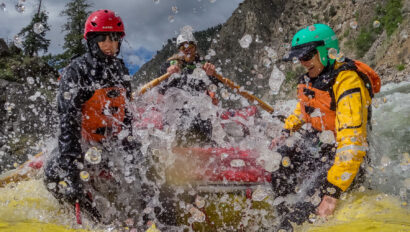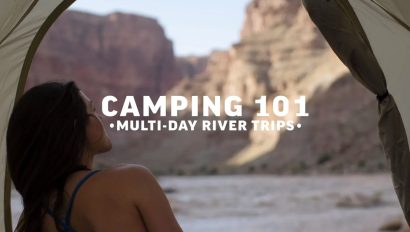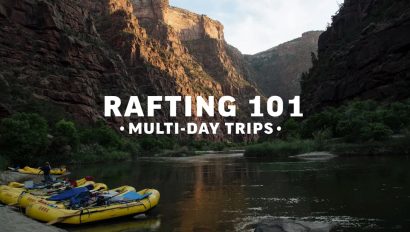7 Things Guides Do to Get River Ready
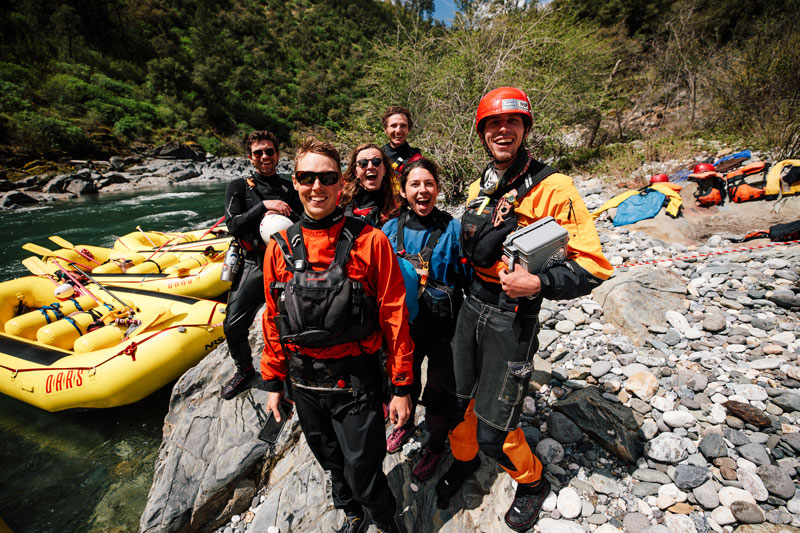

No one ever said guiding was an easy job, at least none who have ever tried it. But what does it really take to get “river-ready” every season? We talked with three longtime OARS guides and trainers to get the full scoop on pre-season training and everything else that goes into being among the most professional and respected guides in the industry. Here’s what it takes…
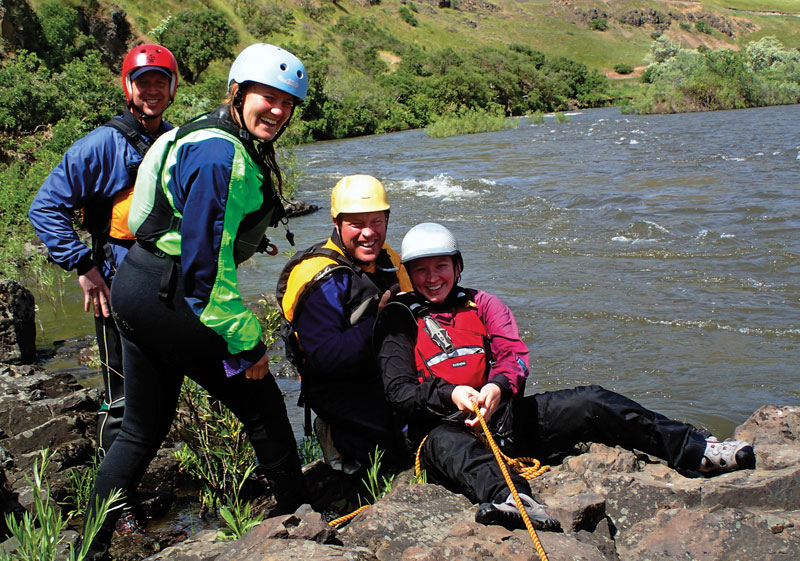
1) Acquire or Renew Certifications
In the off season, all OARS guides work to secure or renew their Wilderness First Aid (WFA) or Wilderness First Responder (WFR) certifications. WFR training, for example, is required for multi-day guides and includes 80 hours of intensive instruction focused on the many medical or emergency scenarios that they might be presented with in the wilderness.
According to Lars Haarr, who teaches WFR courses for Desert Mountain Medicine and has led training trips for the OARS Moab operation, these courses teach real-life skills like CPR, how to diagnose various medical situations, clean a wound, make a splint, and prepare for a medical evacuation.
In addition to on-water training that’s provided each year by the company, many guides also take a swiftwater rescue training course through a third-party organization like Sierra Rescue or the Swiftwater Safety Institute.
2) Risk Management Training
Before heading out on the river, all OARS guides attend a 1-day, in-house risk management session that includes incident and evacuation training, including reviewing protocols, practicing mock evacuation scenarios and familiarization with standard backcountry communication tools like satellite phones and InReach devices. Also covered at this time is Wilderness Anaphylaxis Training and certification, which is required of all guides.
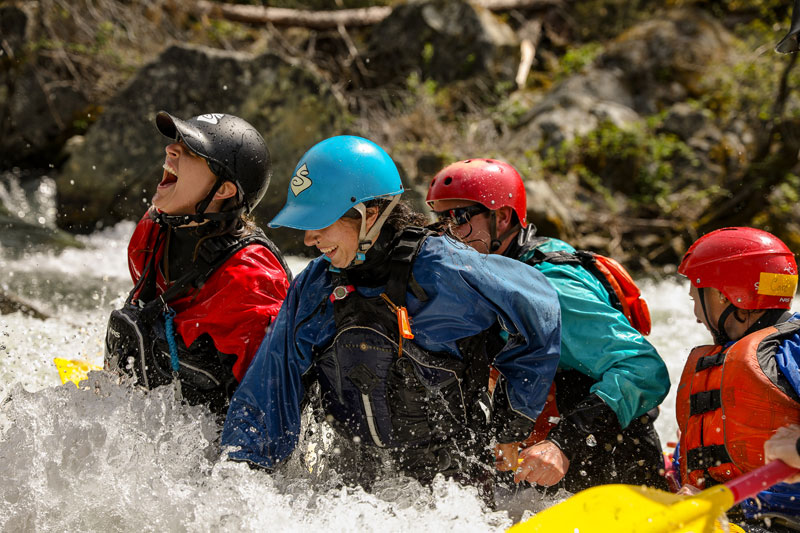
3) Train in Really Cold Water (While it’s Snowing)
Sideways snow, torrential downpours, high water and freezing temps are just a few of the harsh conditions guides typically face on early-season training trips or at guide school. One of the main focuses for these trips is on-water safety and rescue training, which means guides spend a lot of time in frigid waters practicing flip drills, swimming rapids, climbing back in boats, and setting up rope systems.
“You come back, you’re a little bit rusty, and in the beginning, the biggest hurdle is the fact that there’s a high likelihood on the training trips that it could be snowing, and you’re going to spend a fair amount of time in the water,” explains Lee Bassett, an OARS Dinosaur trainer and guide school graduate.
“The water is always high and cold, and the weather is always rainy,” adds Lauren McCullough, a trainer for OARS Dories Idaho.
4) Shake Off the Rust
“Obviously, being on the water is a big part of being a raft guide, but at least 50% of the job is off the water,” says Lee. So pre-season training trips are also a way for guides to review the basics each year. These trips give returning guides a chance to “shake off their rust” as Lee mentions and bring new guides up to speed on the protocols, procedures and systems that are a standard part of operations, like when helmets are required, where things go in the kitchen or how to give a groover talk.
“You might cover how to properly rig a boat, or pack the cooler so things stay fresh after a week on the river,” adds Lars. “A lot of times we may review a new policy that came out, or we may sit down and do a knot-tying practice, or open up a first-aid kit and review what’s in it, so it’s a mix of different things.”
It’s also a chance for the crew to check out river and camp conditions, and bond with their river family.
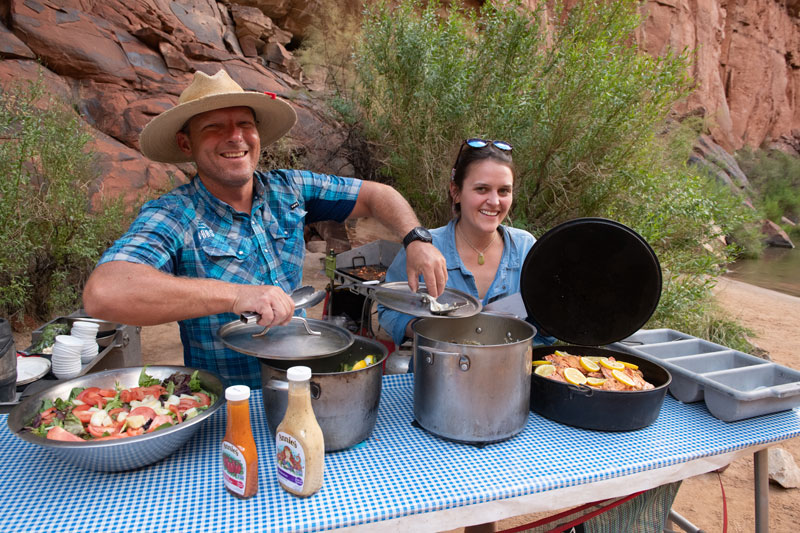
5) Go to Culinary School
So OARS guides don’t actually go to culinary school, but another focus of pre-season training trips is food safety, menu review and cooking, and getting a refresher on all of the kitchen systems that have been fine-tuned over the years that help guides make all of those delicious meals guests rave about.
According to Lars, it’s also a time for more experienced guides to share the tips and tricks they’ve honed over the years like the best way to fry an onion, peel ginger, or how to make perfect Dutch oven pineapple upside-down cake.
6) Study Up
The passion and incredible array of knowledge OARS guides have for the areas where they work is no coincidence. In the off season, many guides crave learning and independently study or take college courses on certain topics that they are interested in and want to share with guests. This interpretive knowledge is also a big focus during pre-season training.
“A key area that we try to spend a lot of time on the training trips is interpretive knowledge,” says Lauren. “There are some really common things we cover—local Native American history, geology, salmon runs, and water quality —to sort of give a springboard for different guides to pursue a topic that interests them and relate it to a stop that we commonly make on the river.”
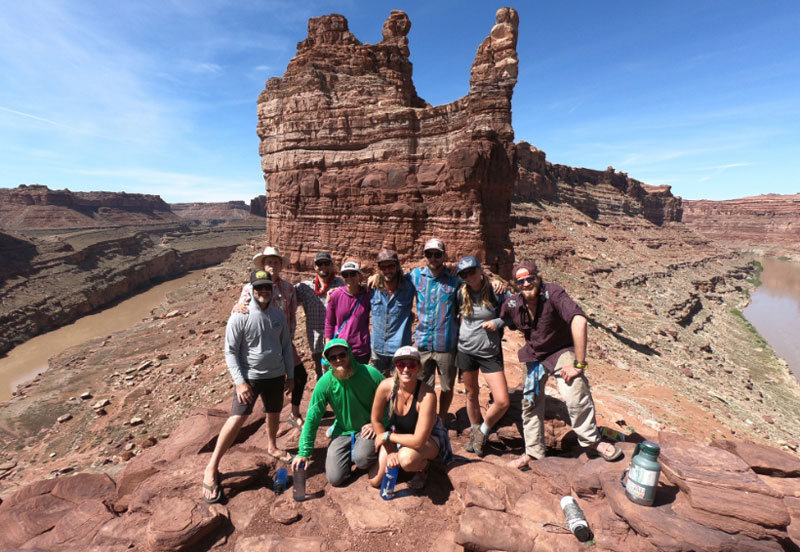
7) Renew and Recharge
To keep their edge in the off season, some guides hit the slopes, others head to the gym and some even like to take the “endless summer” route and spend the winter months guiding in the Southern Hemisphere. But for the long haul, many guides also recognize it’s important to focus on self-care.
“I think a big part of getting ready for the next season is taking care of yourself, relaxing and not thinking about the river,” says Lars. “This job takes a lot out of you, and not just physically, but emotionally and mentally, so winter is a great time to recharge the batteries.”
Photos: Josh Miller, Andrew Miller & the OARS Archive
Related Posts
Sign up for Our Newsletter

